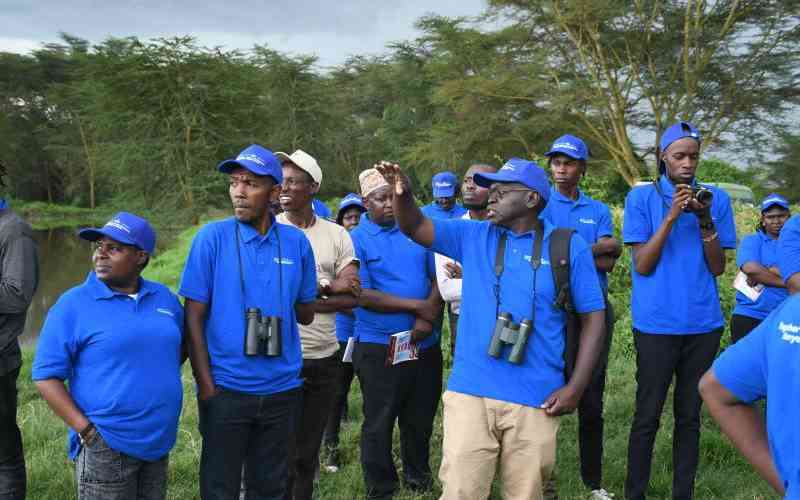Environmentalists and UNESCO experts at lake Nakuru while inspecting the state of Lake Nakuru which is part of Kenya Lake system. [Kipsang Joseph,Standard]
×
The Standard e-Paper
Read Offline Anywhere

Three Rift Valley lakes are at risk of being placed on the 'danger list' by the United Nations Educational, Scientific and Cultural Organization (Unesco).
According to environmental experts from different state agencies and UNESCO sites that lake Nakuru, Bogoria and Elementaita, classified as World Heritage Sites, have exhibited serious conservation concerns.